#reptiles
Text
bad eyeshadow idea: a make up company teams up with a zoo or reptile preservation company and makes palettes based off of the colors of their reptiles. each palette comes with a fun fact printed on it and a qr code to a page describing the animal. all profits go to preserving endangered reptiles
94 notes
·
View notes
Text
Uncharismatic Fact of the Day
When handling members of the family Anguinae, it's important to be extremely careful! These reptiles are known as glass lizards, due to the fact that their tails will 'shatter' into many pieces when they feel threatened.
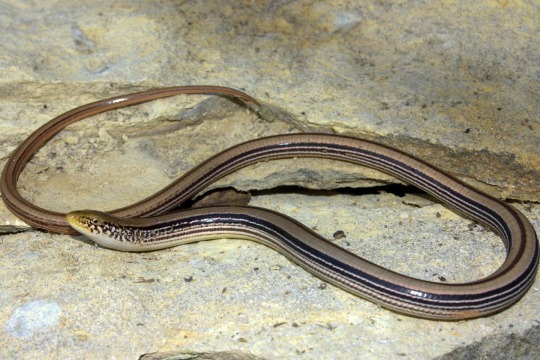
(Image: A western slender glass lizard (Ophisaurus attenuatus) by Daniel D. Fogell)
If you send me proof that you’ve made a donation to UNRWA or another fund benefiting Palestinians– including esim donations and verified gofundmes– I’ll make art of any animal of your choosing.
123 notes
·
View notes
Text
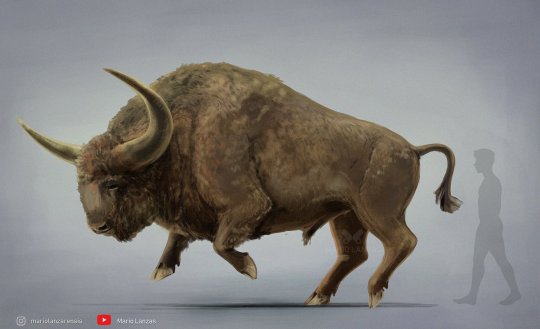
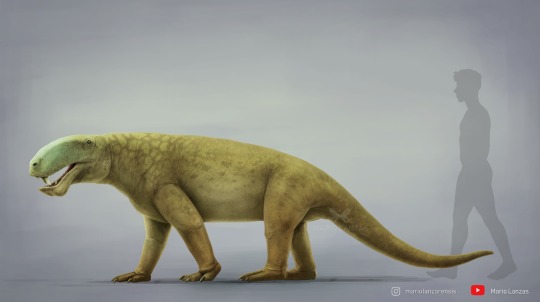

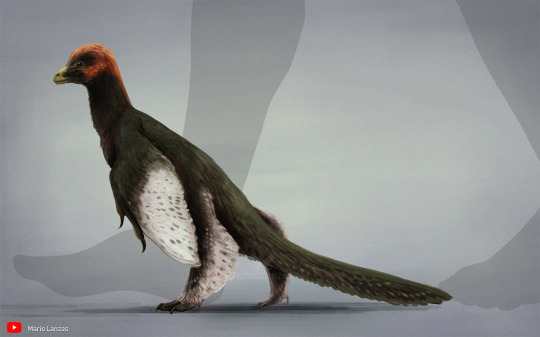

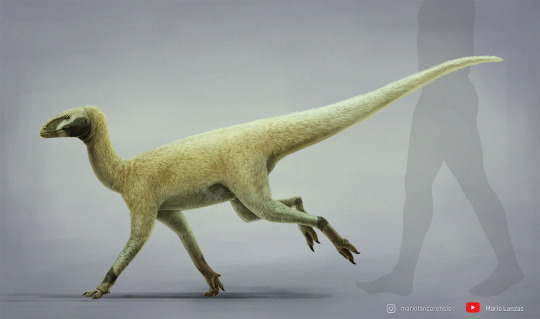
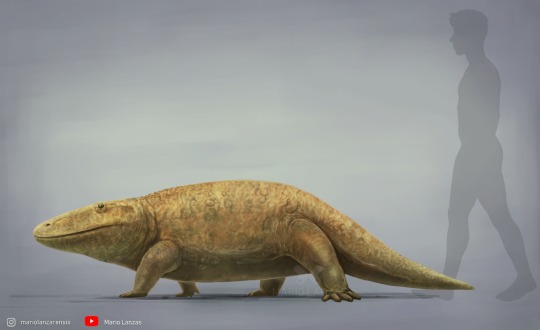
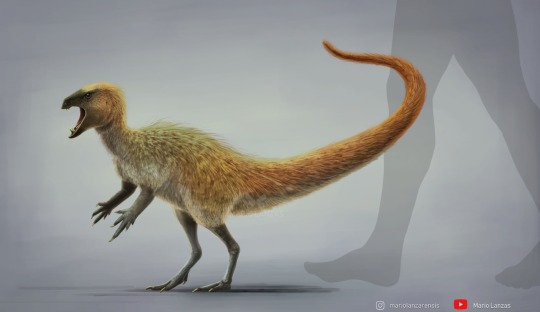

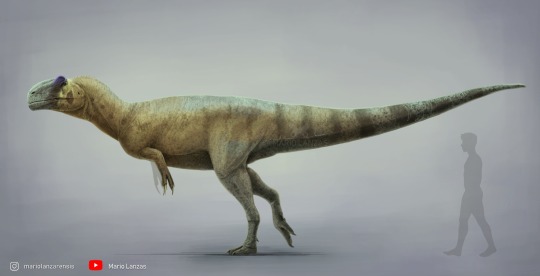



PREHISTORIC ANIMALS
Various, random reconstructions of prehistoric animals of all eras: Bison latifrons, Eotitanosuchus, Proterosuchus, Ancheornis, Rodhocetus, Silesaurus, Eryops, Heterodontosaurus, Gideonmantellia, Asfaltovenator, Juratyrant, Anomalocaris, Scutosaurus
__
Youtube channel
Instagram
Prints and more paleomerch
102 notes
·
View notes
Text
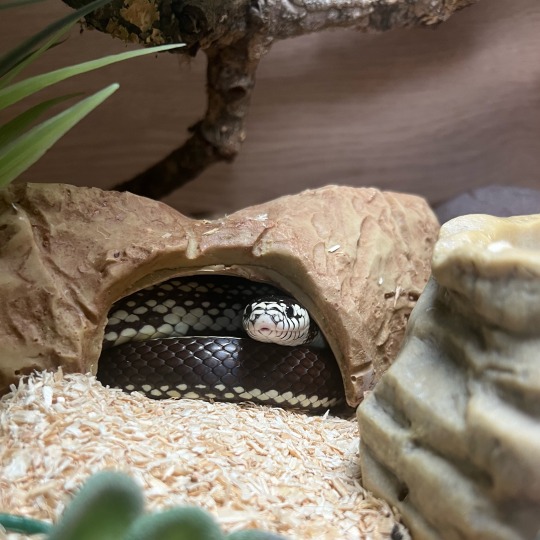
The legend himself, Tolkien the egg boy
80 notes
·
View notes
Text

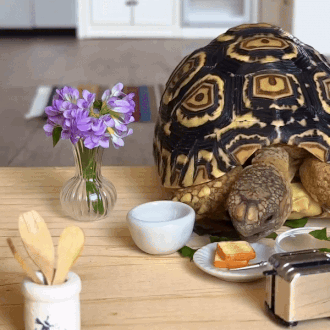
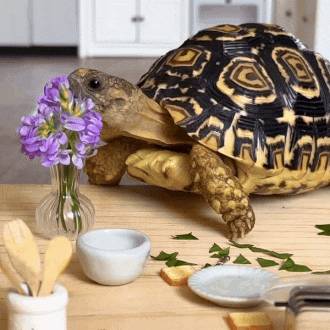
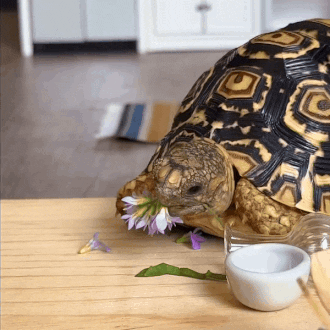
through.the.lleaves on ig
#stim#tortoises#animals#flowers#sfw#brown#beige#purple#green#white#black#reptiles#leaves#food#tiny things#miniatures#vases#cats#in the second gif#utensils#hands#ishy gifs#postish
66 notes
·
View notes
Text

#snake#snakes#reptile#reptiles#reptiblr#corn snake#corn snakes#corn snake morphs#baby snake#Annelida#bdjb23b#bdjb23bf3#palmetto
59 notes
·
View notes
Text

[ID: a scratchy llustration of a green chameleon perched on a dark branch and facing to the right. It is on a simple background with faded branches and a gradient between green and orange. Signature text reads “Featherbone”. End]
Jackson’s chameleon, aka three-horned chameleon. Like all chameleons, they change color depending on mood, temperature, and health.
85 notes
·
View notes
Text


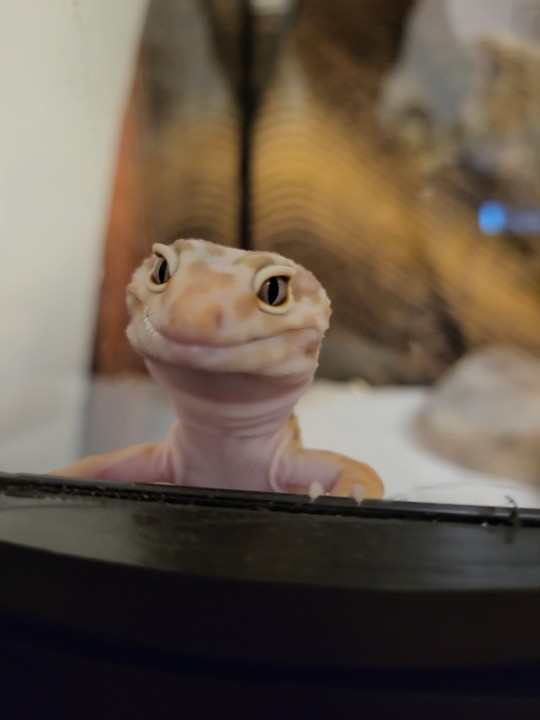
Hi, welcome to Regular Tony's, may I take your order
27 notes
·
View notes
Text

4/16/24
#paleontology#field museum#oil painting#oil on canvas#extinct life#prehistoric#natural history#reptiles#skeleton#bones#paleoart#scientific illustration#original art#art#painting#nature#not a dinosaur
30 notes
·
View notes
Text
breannadamato on Tiktok
44K notes
·
View notes
Text

A young American alligator (Alligator mississippiensis) rides on the back of its mother in Brazos Bend State Park, Texas, USA
by Rick Dunlap
#american alligator#alligators#crocodilians#reptiles#alligator mississippiensis#alligator#alligatoridae#crocodilia#reptilia#chordata#wildlife: texas#wildlife: usa#wildlife: north america
24K notes
·
View notes
Text
Uncharismatic Fact of the Day
Contrary to popular belief, you don't need ears to hear! The earless monitor lizard lacks an ear opening or an ear drum, but they have all the other components necessary for hearing. Scientists aren't entirely sure why this species is missing its external ear features, but it may have something to do with the fact that it spends most of its time submerged under water.

(Image: An earless monitor lizard (Lanthanotus borneensis) by Petr Hamerník)
94 notes
·
View notes
Text
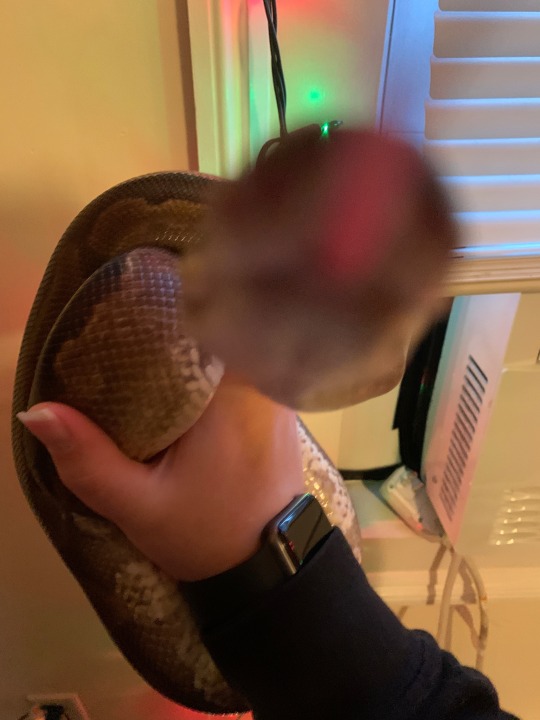
Taking photos of snakes is a lot harder than you’d think 😂😭
#she was comin in for that snoot boop#my pets#ball python#snakes#reptiles#snakeblr#reptiblr#herpblr#snekblr#petblr
68K notes
·
View notes
Text

you dont need to smell the camera
#tablogging#tabaquiscreatures#carpet python#snakes#reptiblr#reptiles#tonic#1k#containment breach#3k#5k
5K notes
·
View notes
Text
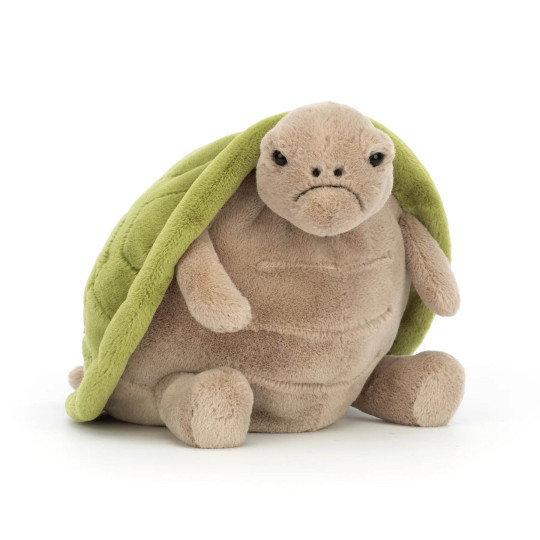
Timmy Turtle
Ko-fi / Instagram
#stuffed animals#stuffies#stuffed animal#jellycat#jellycats#jellycatstuffies#jellycatplush#jellycatlondon#jellycat stuffed animals#cute#turtle#turtles#reptile#reptiles#plush#plushies#plushie#plushblr#plushcore#plushiecore#stuffiecore#plush blog#allplush#plush toy#plush toys#soft toy#soft toys#toycore#kidcore#plush animal
17K notes
·
View notes
